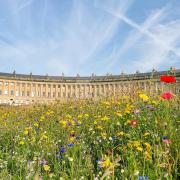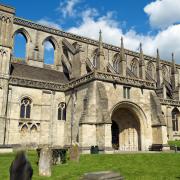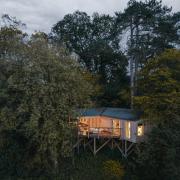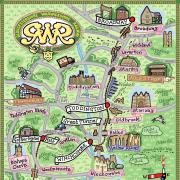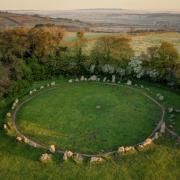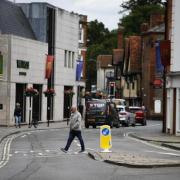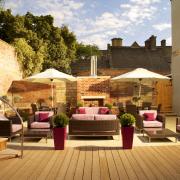At 800ft above sea level, Stow-on-the-Wold is the highest town in the Cotswolds. It is also one of the windiest!
Blowy Stow’s fine stone buildings are a clue to its long and rich history; it’s surrounded by Iron Age settlements and Bronze Age burial mounds, and the Roman road, the Fosse Way, runs through it.
Strategically important in battle and trade, so much blood is said to have flowed through
Stow’s streets during a Civil War battle in 1646 that local ducks bathed in it. Digbeth Street
dates back to that gruesome time. At the height of wool trading, as many as 20,000 sheep
could be traded per day at Stow’s markets. The Market Cross was placed as a visible reminder for honest, fair dealing. Horse fairs still take place twice yearly.
MOST NOTED FOR...
The two yew trees in St Edward’s churchyard, which were originally planted either side of
the north doorway and have grown into the fabric of the building.
WHILE YOU’RE HERE...
Follow the Stow town trail for the history behind the oldest streets and stone alleyways, known locally as tures or chures. Their narrowness acted as a conduit for herding sheep to market.
BUT TRY NOT TO...
Get stuck in the past. The town is a thriving centre for art sales, including ArtÓ in
Brewery Yard, supporting one of the largest concentrations of galleries outside London.
WHO’S WHO
Harry Ferguson, the tractor manufacturer, lived in Stow, and the bass guitarist of The Who, John Entwistle, lived just outside the town until hi s death. Former racehorse trainer David Loder was born in Stow, and celebrated artist LS Lowry painted the Market Square.
ST EDWARD’S CHURCH
The north doorway of St Edward’s church, with its twin yews, is said to have inspired author JRR Tolkien’s vision of the Doors of Durin in Lord of the Rings. The church is also noteworthy for having the heaviest peal of bells in Gloucestershire. Constructed and expanded between the 11th and 15th centuries, the church hosts a monument to Royalist captain Sir Hastings Keyte, killed in battle.
WELL LANE
Take a stroll down Well Lane to find the spring-fed wells that date back to Roman times. Best visited on foot, these served to supply the town’s water until around 100 years ago. The view from the wells across to the Evenlode Valley is worth the detour.
KEY NOTES
Population: 2,000
Eat at: The Old Butchers (01451 831700) Why? Formerly a butcher’s shop, this Park Street restaurant honours the ingredients that go into its dishes, with a nose-to-tail, stalk-to-root ethos.
Drink at: The Porch House (01451 870048) Why? It’s one of the oldest pubs in the country. You can enjoy a drink on the garden terrace, or snuggle down in the cosy interior.
Stay at: Wyck Hill House Hotel (01451 831936) Why? Just outside the town, this manor house-turned-hotel has its own spa alongside
its contemporarystyled
rooms.








